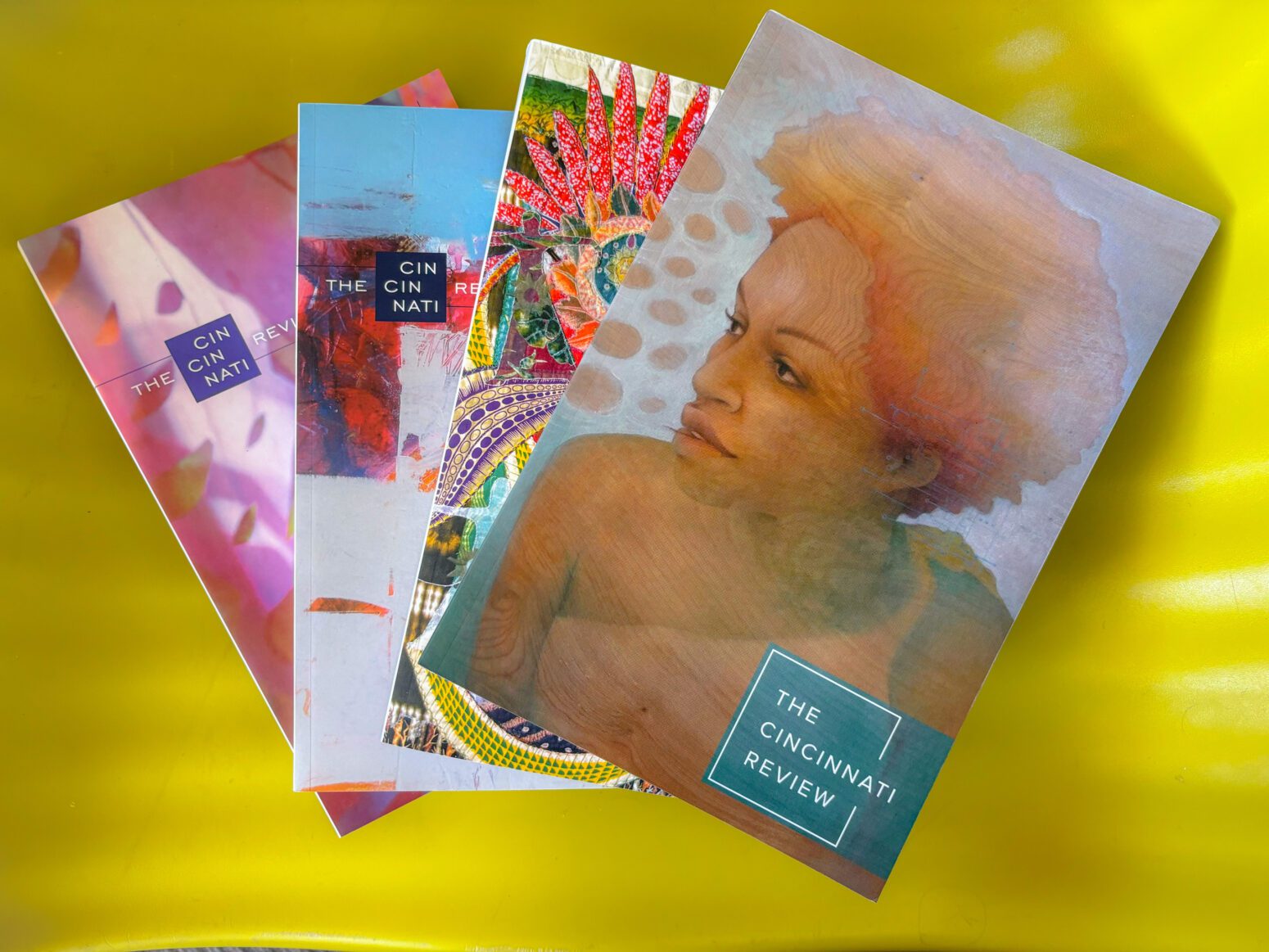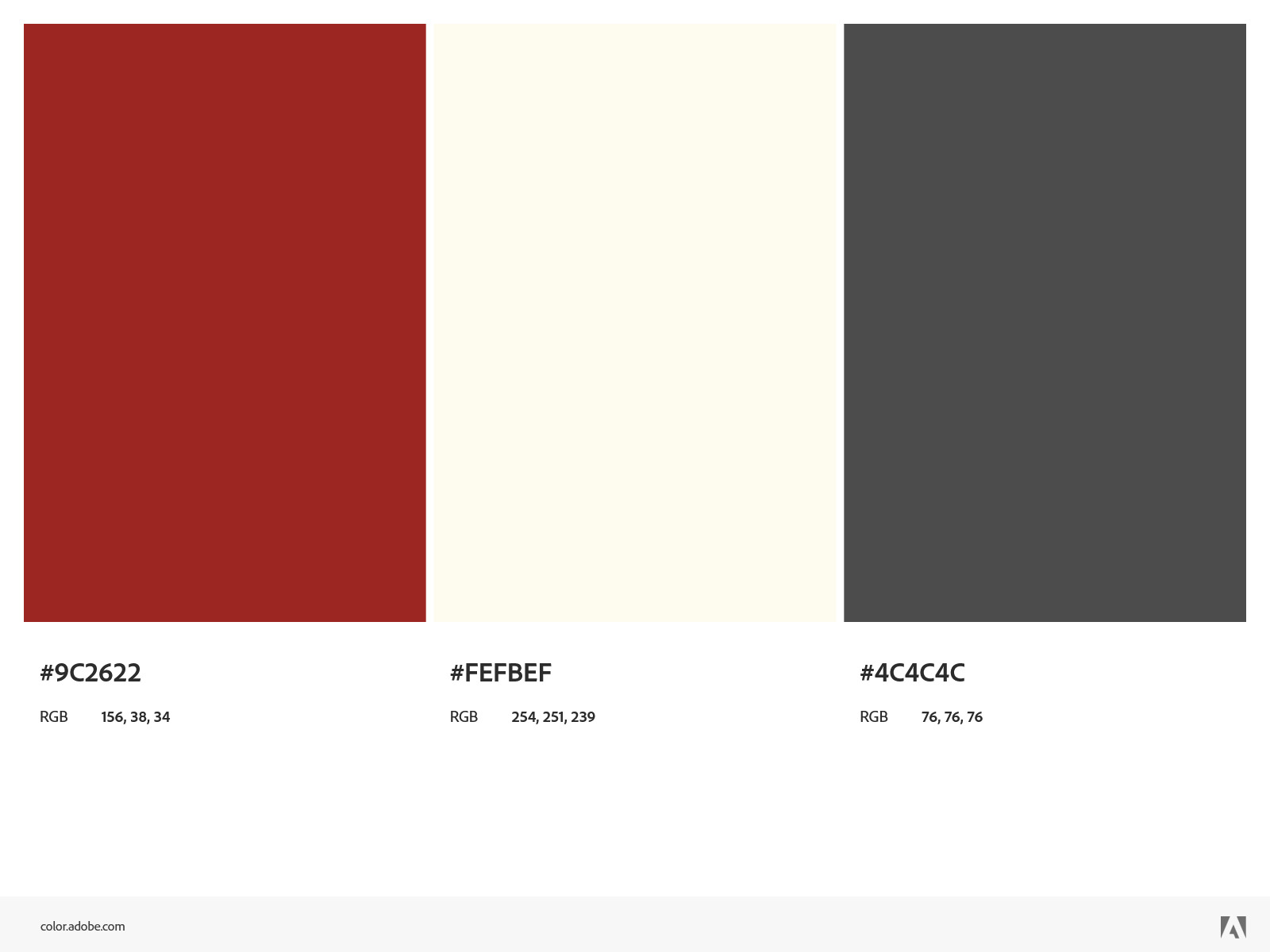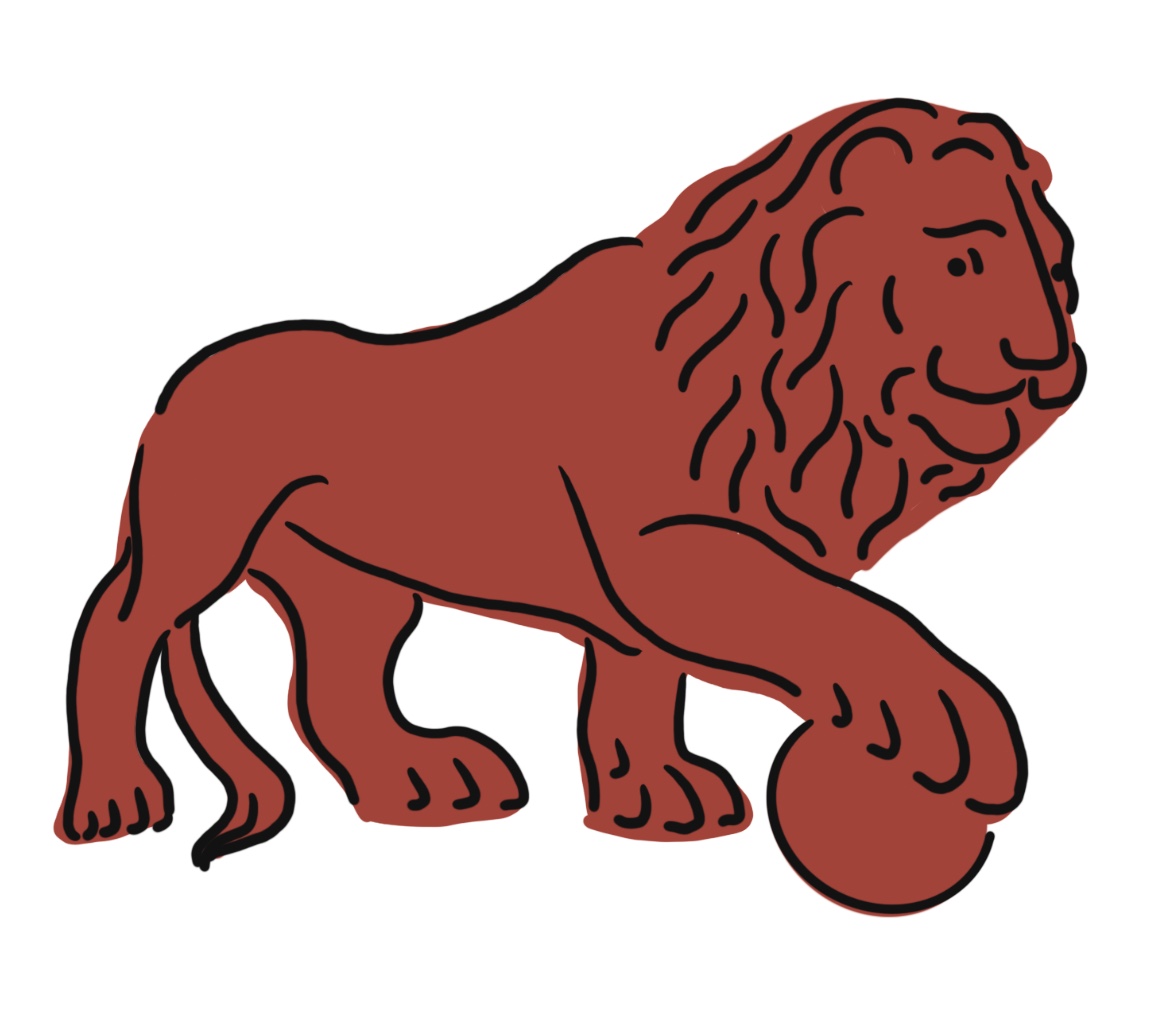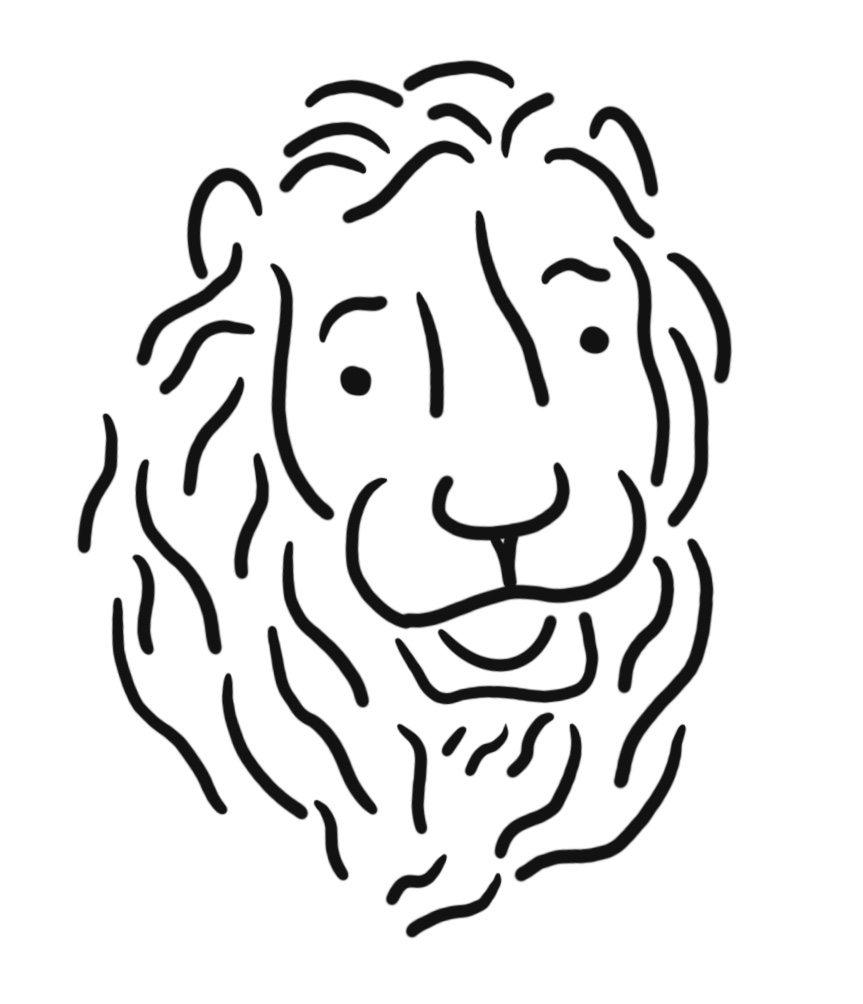About Us
7 Minutes Read Time

Our History
Since its inception in 2003, The Cincinnati Review has published many promising new and emerging writers as well as Pulitzer Prize winners and Guggenheim and MacArthur fellows. Poetry and prose from our pages have been selected to appear in the annual anthologies Best American Essays, Best American Fantasy, Best American Mystery Stories, Best American Poetry, Best American Short Stories, Best Creative Nonfiction, Best Debut Short Stories, Best Literary Translations, Best Microfiction, The Best Mystery Stories of the Year, Best of the Net, Best New Poets, Best Small Fictions, Best Spiritual Literature, New Poetry from the Midwest, New Stories from the Midwest, New Stories from the South, The O. Henry Prize Stories,the Pushcart Prize Anthology, and the Wigleaf Top 50.
In the early 2000s Lee Person, the department head of what was then called the Department of English and Comparative Literature at the University of Cincinnati, wanted to establish a literary magazine, in part to be competitive with other graduate programs in creative writing that were offering their students hands-on experience in publishing. After the intended prospective managing editor took a job at another university, Person turned to Nicola Mason, who had extensive experience with The Southern Review and LSU Press.
With her leadership and initial funding from the Taft Research Center as well as the Schiff Foundation (which continues to be a major funder), the first issue was released in 2003. Two genre editors made acquisitions: Brock Clarke in prose and James Cummins in poetry. Don Bogen became poetry editor in 2005, and Michael Griffith became prose editor in 2009.
In 2011 Matt O’Keefe joined the staff in a newly created position, senior editor, tasked with overseeing a new online submission manager and volunteer reading assignments. Kristen Iversen came on as the literary nonfiction editor in 2016.
In early 2017 Nicola Mason became the editor of Acre Books, our new book-publishing arm, which she’d founded the year before. Lisa Ampleman (who served as a student editor at the magazine from 2011–13) was hired as managing editor.
Around then, there were two more shifts on the editorial team: When Don Bogen retired, Rebecca Lindenberg joined the staff as poetry editor in 2018. That same year, Brant Russell from CCM joined the staff in the newly created position of drama editor.
Our latest addition is Bess Winter, who has been in the new position of web and media editor since 2023. She has overhauled our professionalization tools related to social media content and redesigned our site so it’s the beauty you’re on right now!
Our Mission Statement
Established in 2003 at the University of Cincinnati, The Cincinnati Review has a threefold mission:
- to publish the most exciting creative and critical work being written today,
- to make sure our efforts reflect the diversity of the literary community, and
- to educate UC graduate students in the art of literary publishing.
The CR publishes two print issues a year (with fiction, literary nonfiction, poetry, drama, reviews, and a portfolio of artwork) and runs a weekly online series, miCRo, which features shorter poems and flash fiction/literary nonfiction/hybrid works.
We provide a venue for writers of any background, at any point in their literary careers, at any age, to showcase their best writing. We are invested both in finding promising new and emerging voices and in sharing the exceptional work of more established writers.
Furthermore, we’re interested in working against past and present inequities by publishing work by individuals from systemically marginalized groups, including writers of color, nonbinary and trans writers, members of the LGBTQIA+ community, older writers, neurodivergent writers, disabled writers, working-class and low-income writers, and all others who consider themselves underrepresented in contemporary literature, though we are open to all voices.
As part of that effort, we are committed to free submissions (except for our summer contest), and we only occasionally solicit work—the vast majority of what we publish comes over the transom. Our decision-making process is collaborative, with graduate student editors working with experts in the field to curate the print magazine in particular, and allowing for a range of backgrounds in those contributing to decisions about acceptances.
Our training program provides any interested UC English Department graduate student, no matter their experience or educational track, with the opportunity to learn the elements of editing, including content curation, correspondence and data management, copyediting, proofreading, marketing (including writing for the web and social media), and production. Our goal is to increase students’ skills and their marketability for both academic and alt-ac careers. The three permanent staff members and genre editors serve as mentors for the next generation of editors, including the three assistant and associate editors who run the miCRo online series.
As a staff, we aim to be conscious of our own biases as they might affect our reading practices, and we take great pleasure in doing the daily work of putting new stories, poems, essays, artwork, and reviews in our readers’ hands. We believe that although fear is used to divide and control, art and writing can act as an antidote, expanding the collective imagination.
Our Access Statement
The Cincinnati Review aims for our magazine and website to be accessible to users of all needs. In consultation with our Disability Advisory Board, we periodically reassess what we could adjust in the future, as technology and needs change.
This website complies with WCAG 2.2 standard guidelines at an AA level. It has, and continues to be, professionally assessed by a CPWA-certified member of the International Association of Accessibility Professionals. However, web accessibility is a constantly changing landscape. We view web accessibility as an ongoing process rather than an outcome, and will work to address user needs as they arise.
Twice a year, just before a meeting of the Disability Advisory Board (often in January and June), we will do some internal testing or an accessibility audit.
All in-person events will be held at ADA compliant venues and with access copies of any readings available for those who might want them. Any Zoom events will be close-captioned, and ASL interpreters will be available as needed.
Please contact us at editors AT cincinnatireview DOT com if you have feedback, questions, or suggestions about our accessibility.
About the Design of this Website
This website was designed by Web and Media Editor Bess Winter in 2024-25 as part of a larger UX design process that involved engaging with research participants about the way they access literary journals online. It went through several iterations of wireframing, testing, prototyping, and mockups as part of that process. You may read more about it in our Notes from the (Re)Design Studio series that documented it from beginning to end. It was then developed by the fantastic Josh McCall, who brought these designs to life and refined the back end of our site to fit the way our student and staff editors work on a day-to-day basis.
Our Graphic Standards
Color Palette
The Cincinnati Review site’s main palette is the following:

Typefaces
Body text is Adobe Text Pro.
Headers, footer, wordmark, and logo are Proxima Nova
Our Mascots
The New York Public Library has its lions, Patience and Fortitude, and The Cincinnati Review has our lions, Mick and Mack, copies of Florence’s Medici Lions who guard the entrance to Arts & Sciences Hall where our office is housed. The NYPL lions are stoic and dignified; Mick and Mack are a little goofy, often have lipstick marks on their muzzles, and have human teeth, just like our editors and many of our readers. We commissioned Maggie Stockman, illustrator and tattoo artist, to create drawings of our beloved leonine guardians to work as both large mascots and smaller section breaks and marks. You’ll see them used throughout the site:


